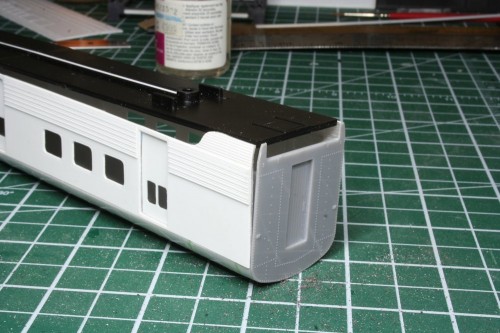Disappointing news out of Sault Ste. Marie this week for Algoma County. Apparently subsidies for the regular passenger service between Sault Ste. Marie and Hearst has been suddenly cut by the federal government, and as a result CN has announced that the passenger service to Hearst will be cancelled on March 31, 2014.
See news article here:
http://www.sootoday.com/content/news/details.asp?c=67653
Turns out it was a really good thing I was able to make my trip up to ride the train in October on short notice. Otherwise I may have missed my chance to ride it in good weather.
Cancellation of this service will have a negative effect on tourism and the many camps and cabin owners along the line, which are only accessible by the railway, with no other forms of access. Expect to see some heavy lobbying from local tourist outfitters, private camp/cabin owners and especially any larger resort/adventure camps along the line that would lose their entire livelihood by becoming inaccessible. However even if the communities rally around this service, the prospects don’t seem encouraging.
So, if you were ever planning on riding the Tour of the Line to Hearst, and haven’t yet had the chance, you’ve got about two months to book your trip before the chance might be lost forever.
Update: On Friday, February 14 CN announced a four week extension to April 29.







